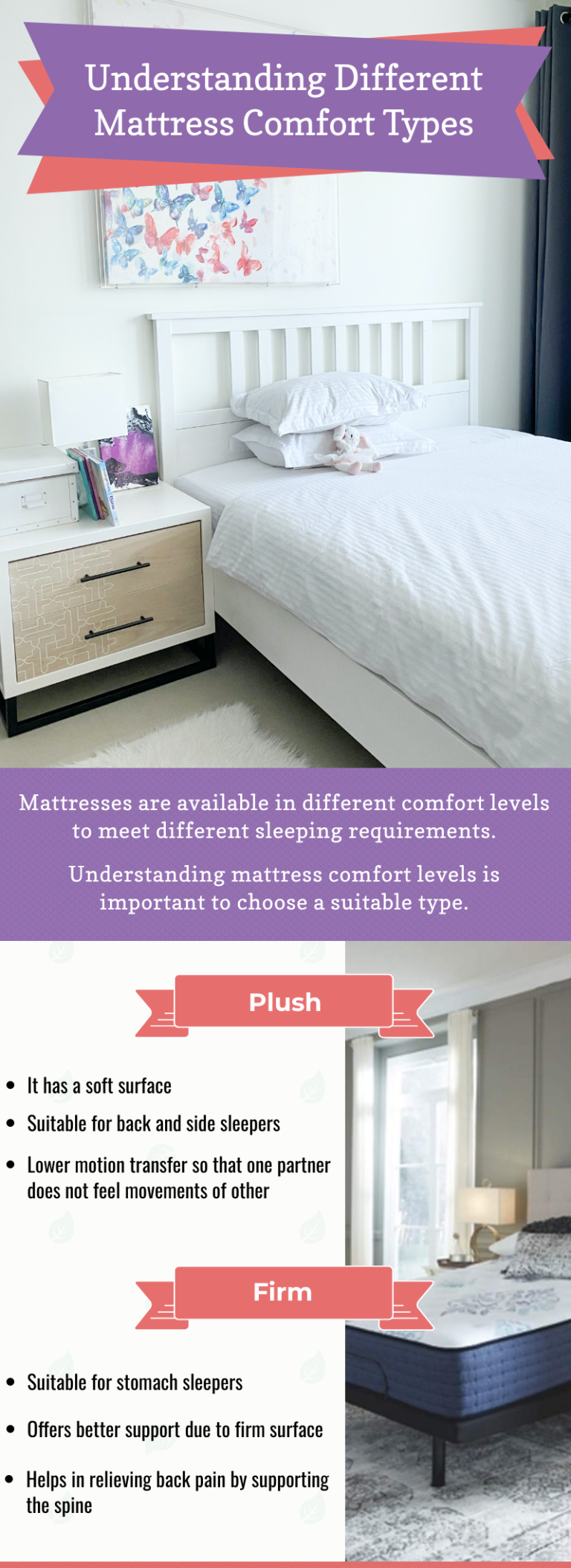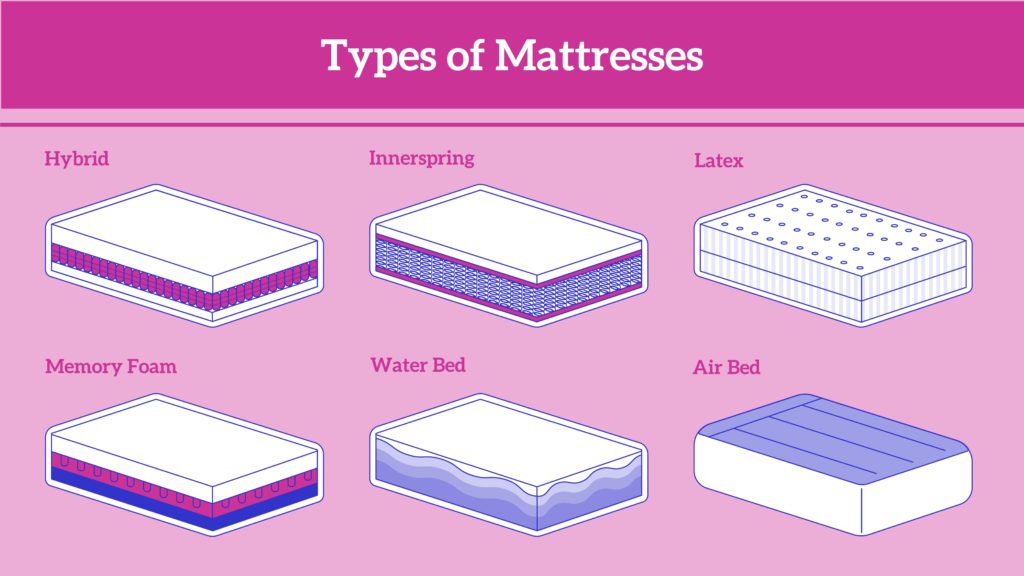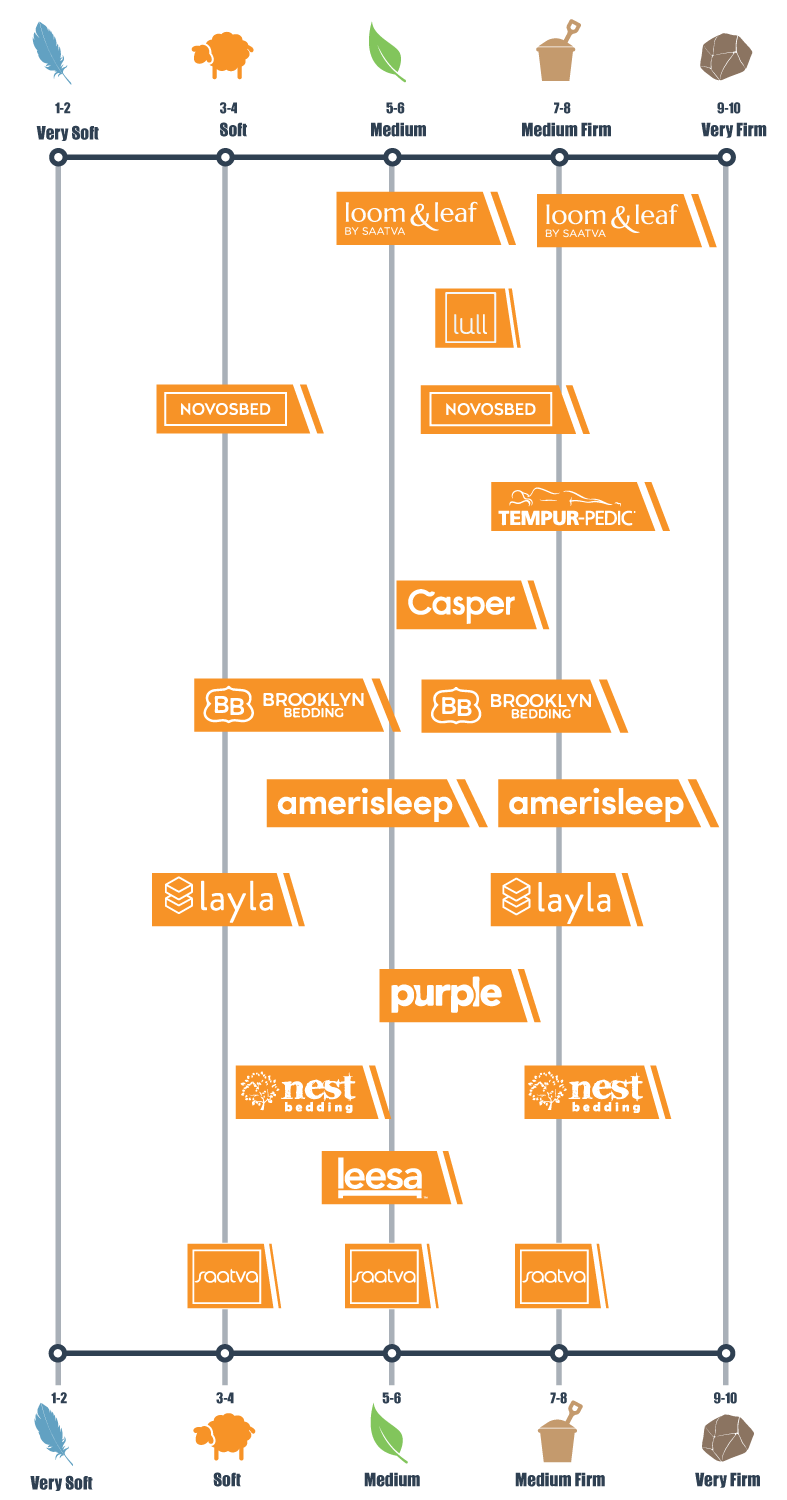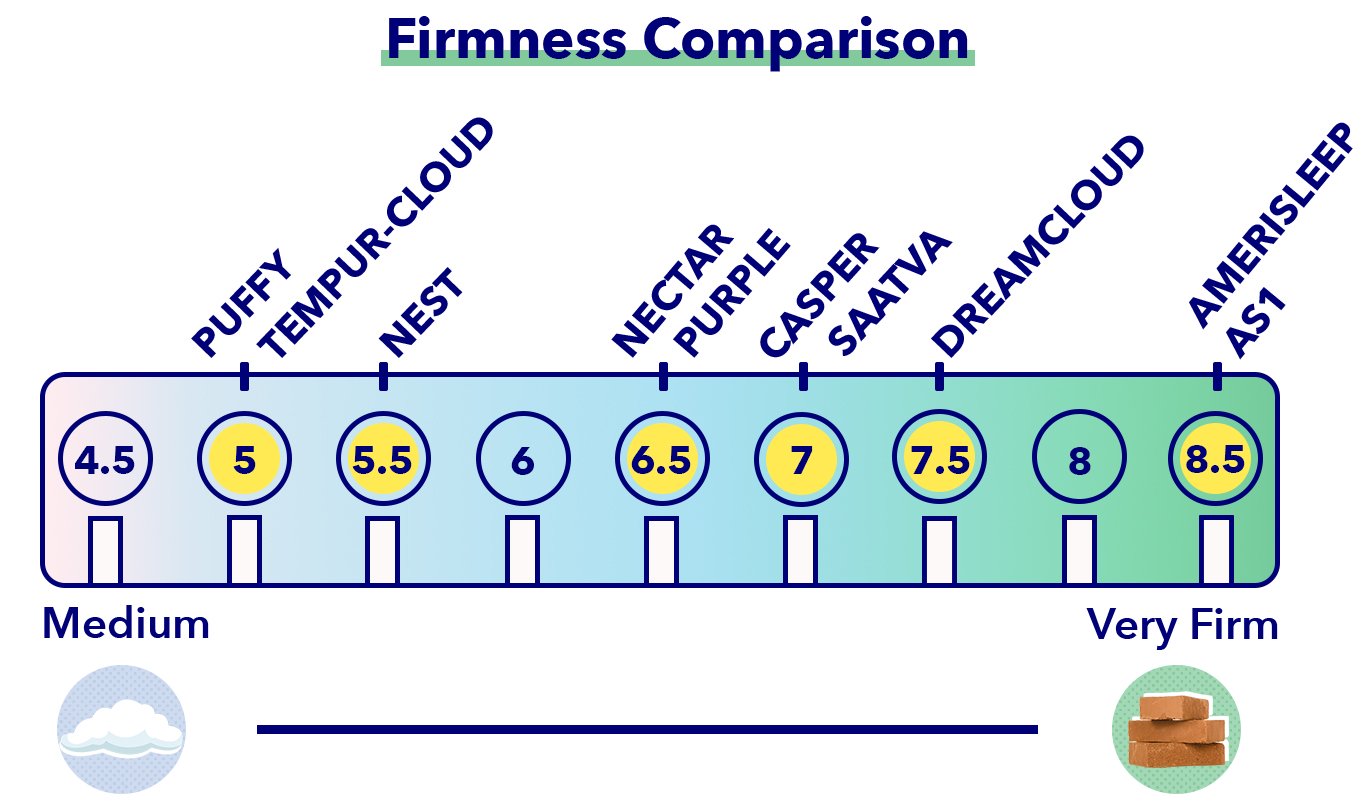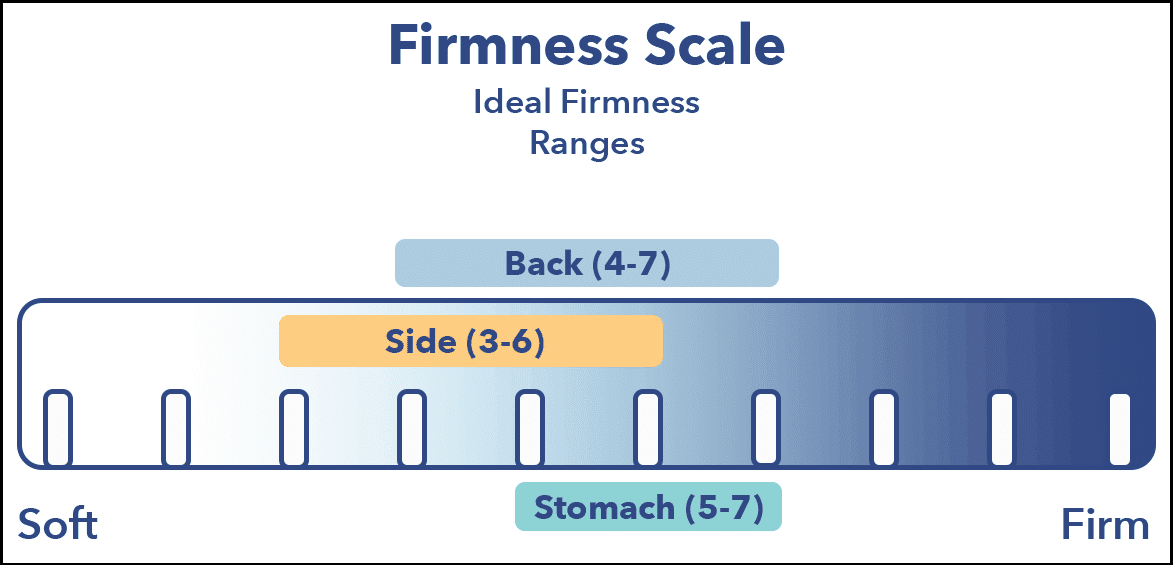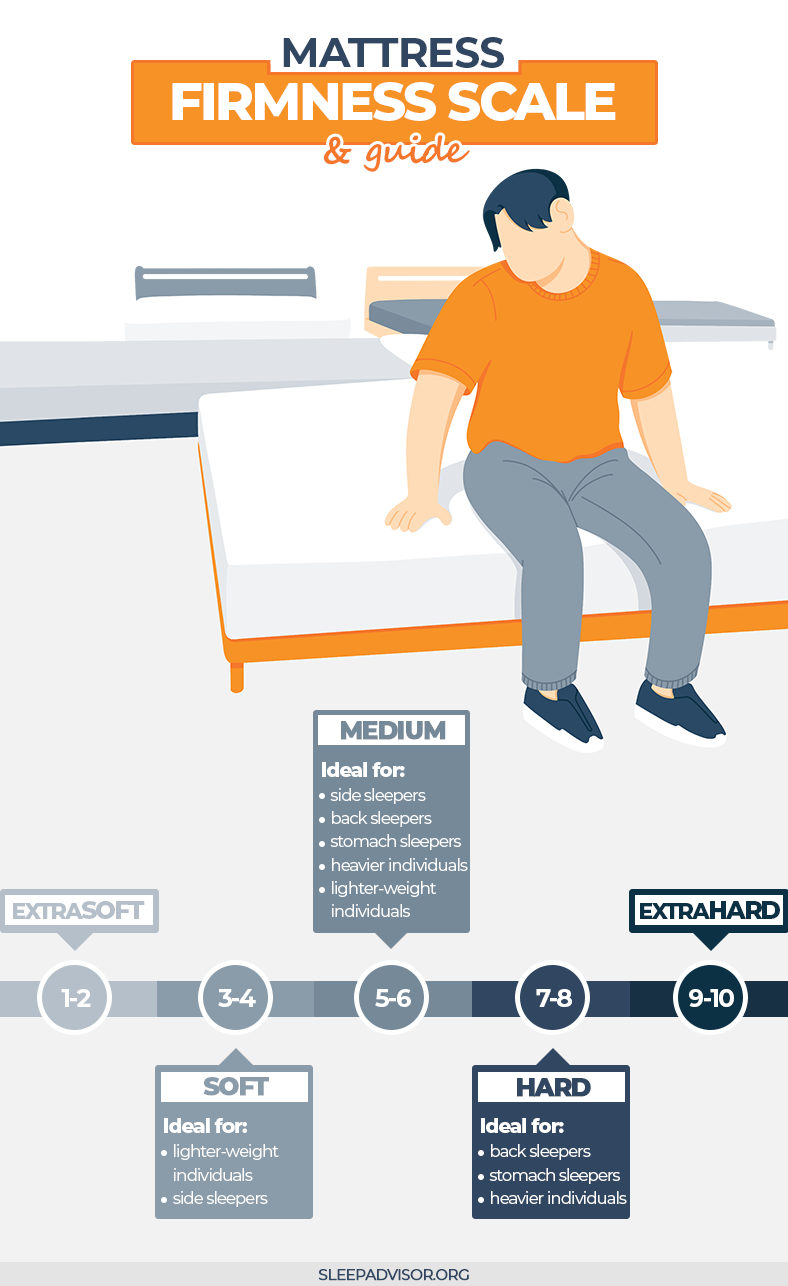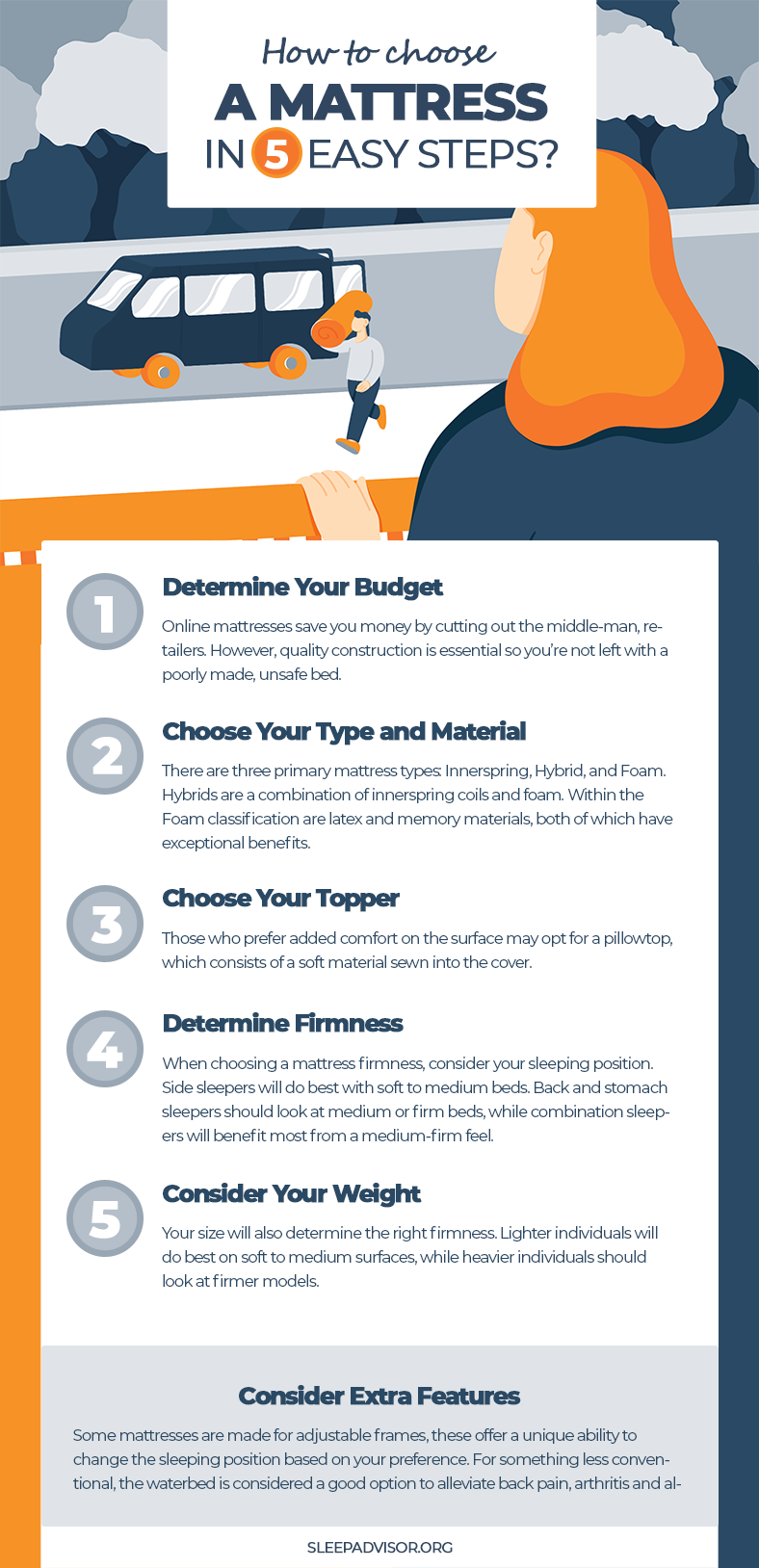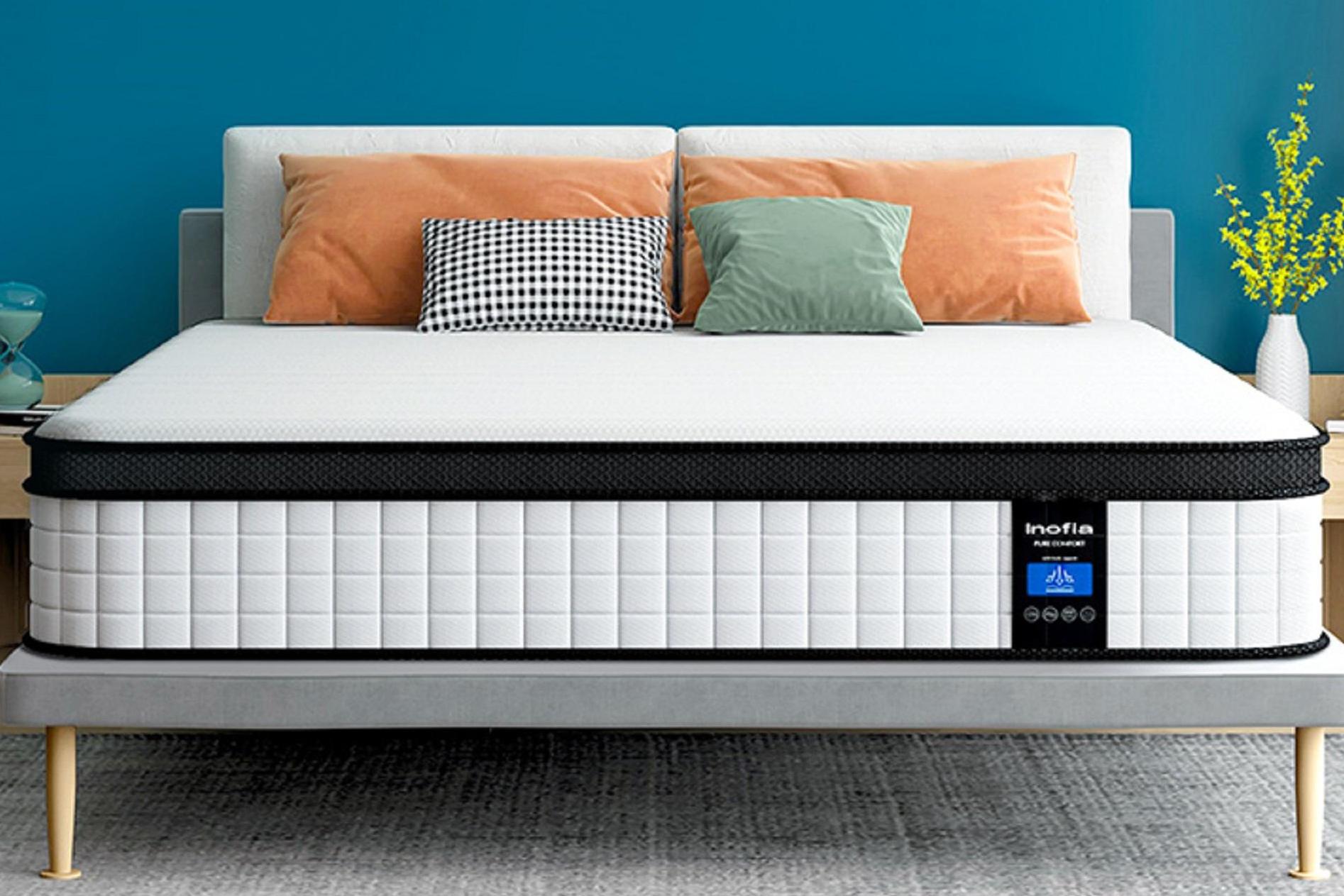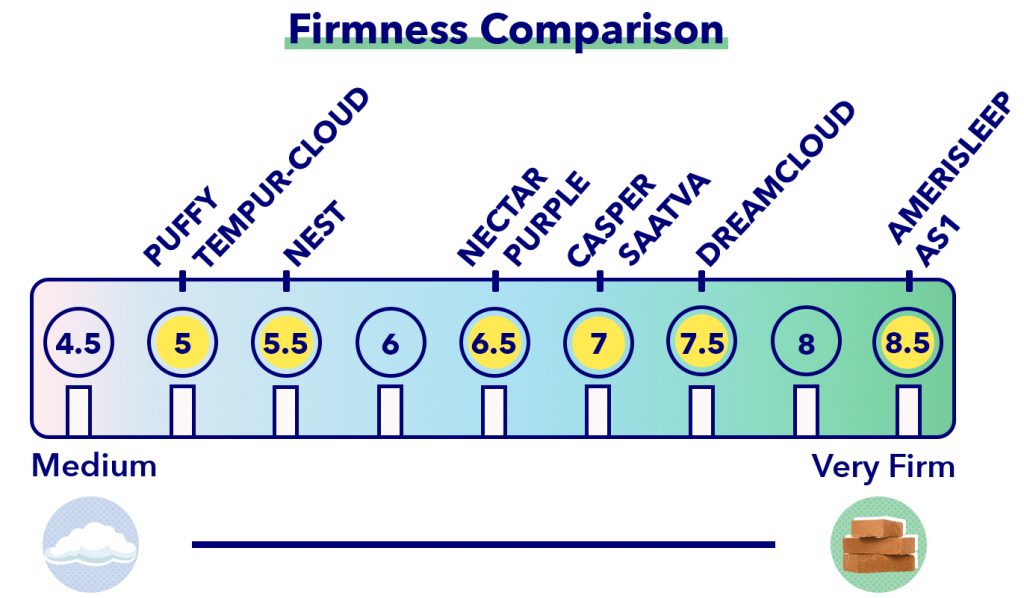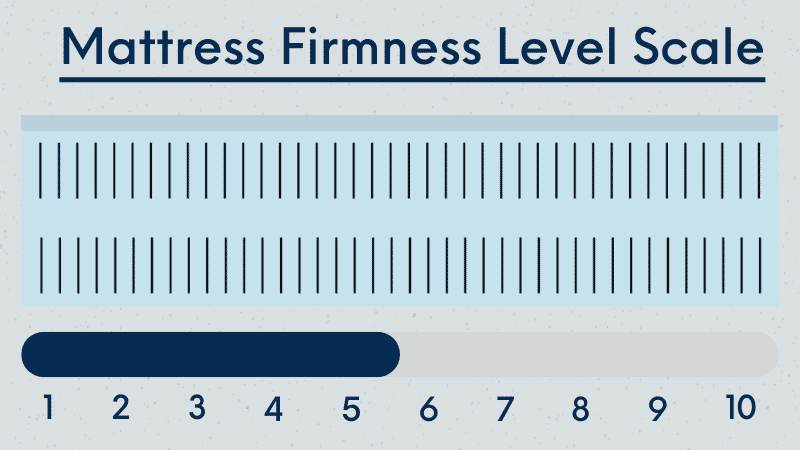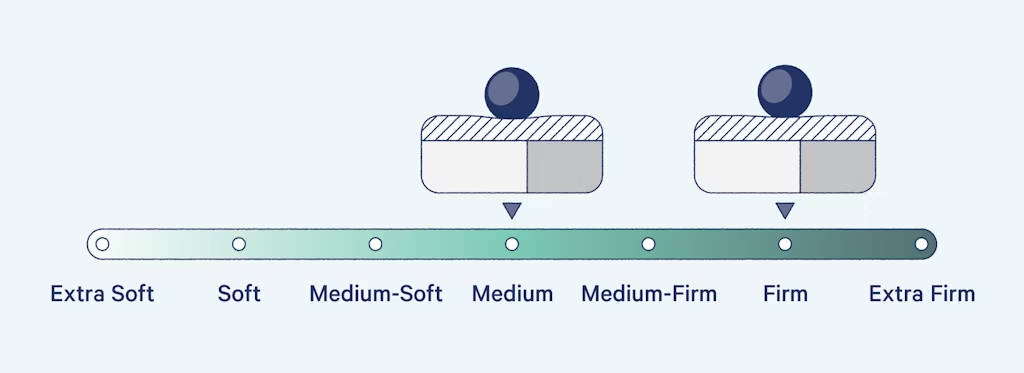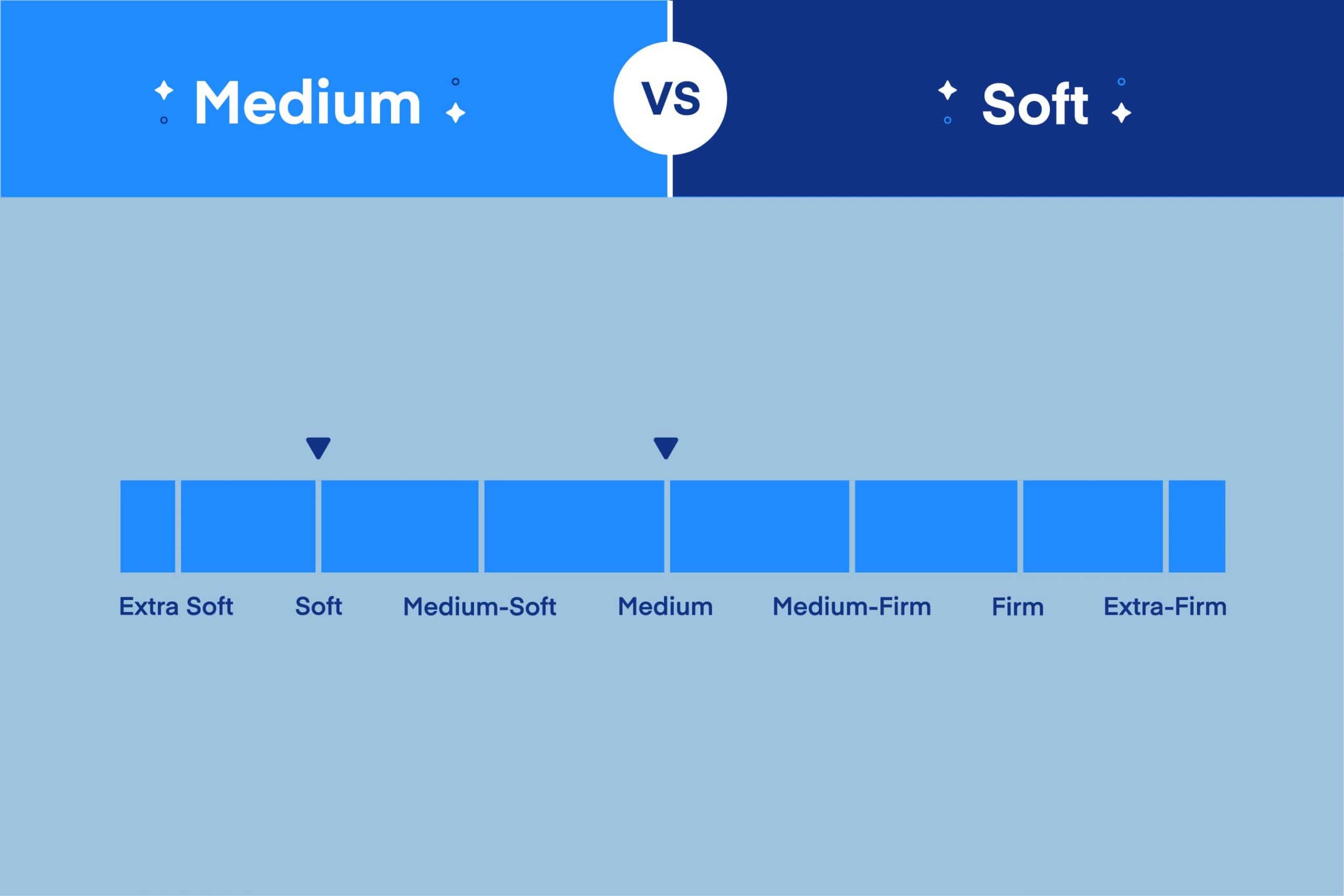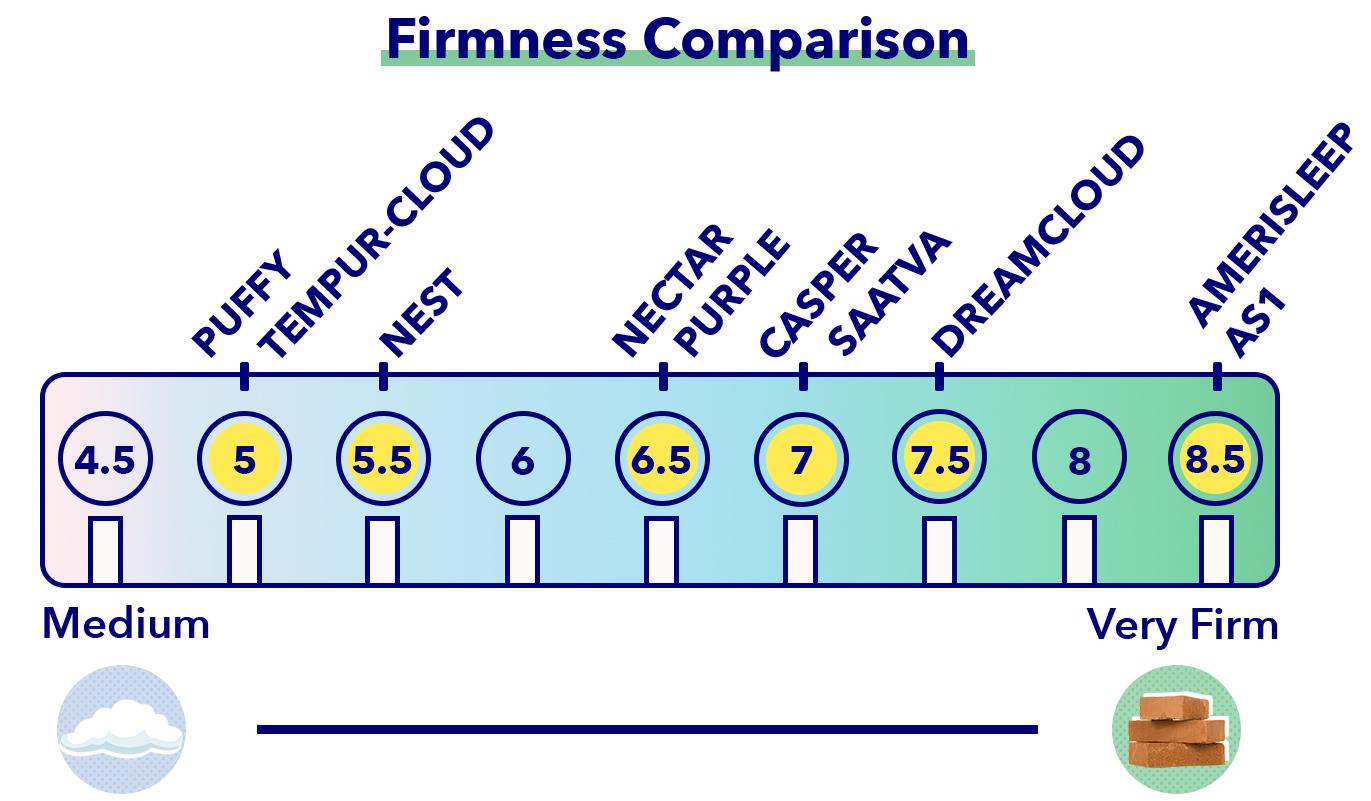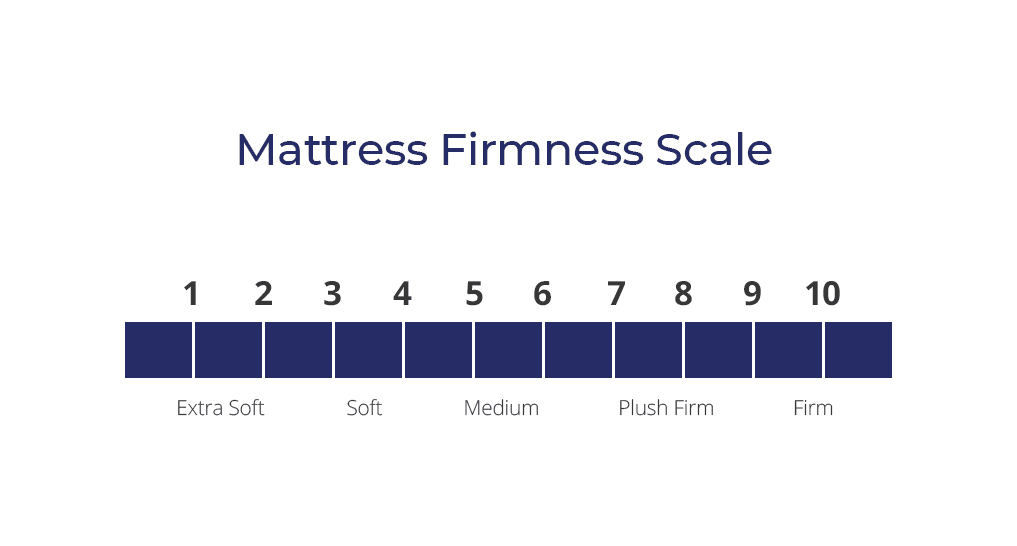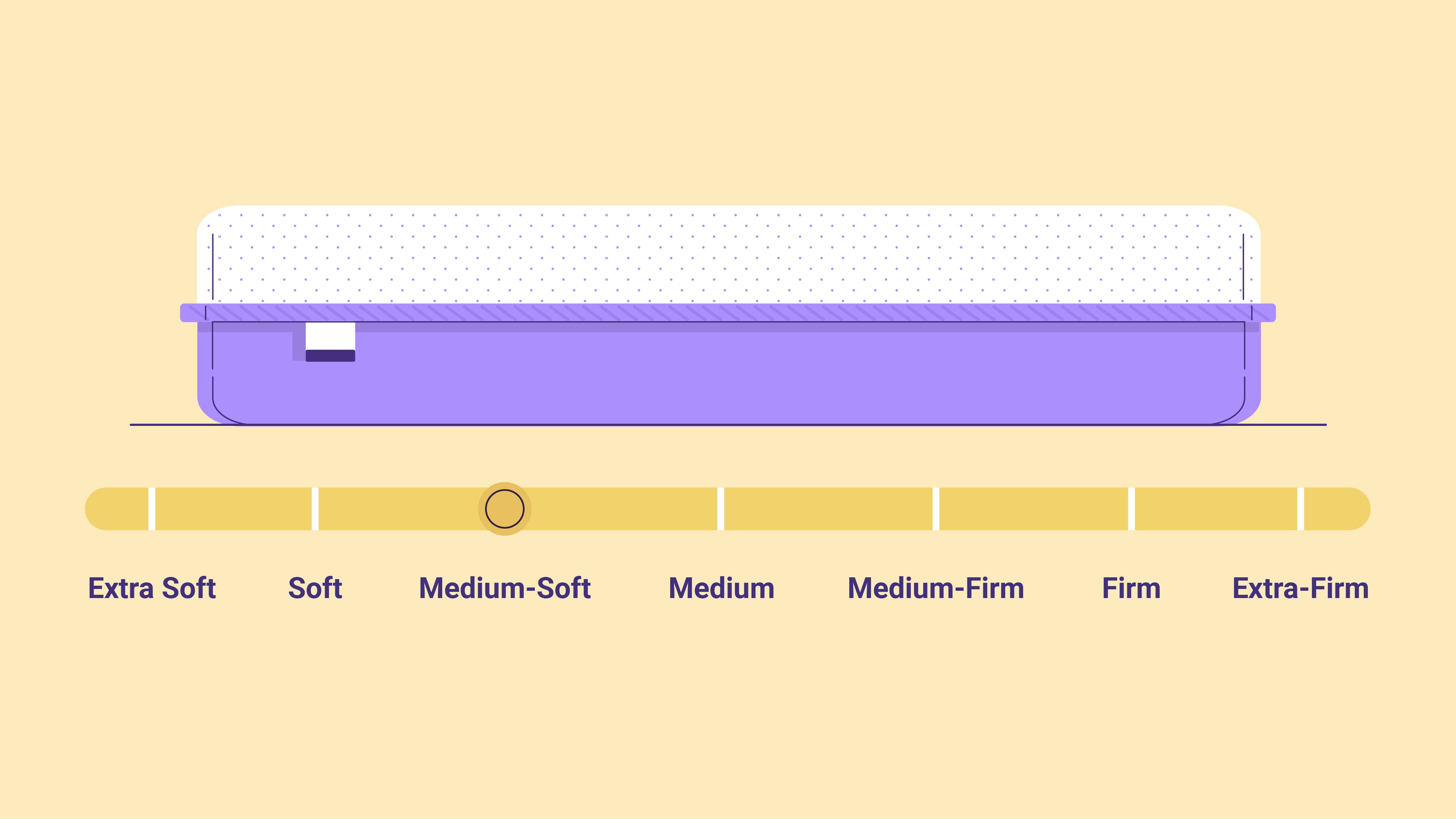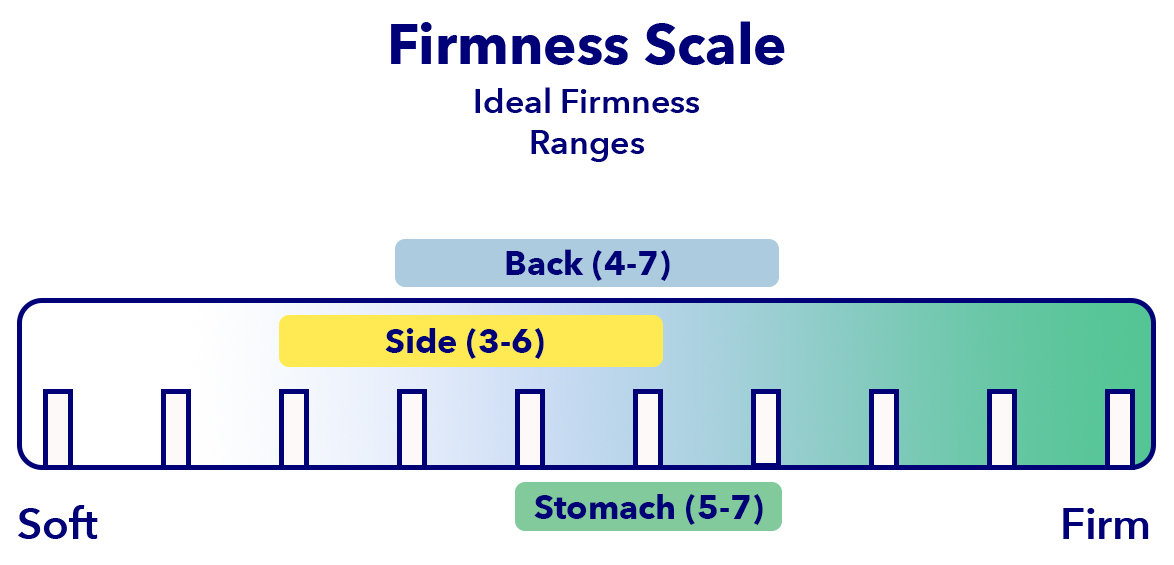When it comes to purchasing a new mattress, one of the most important factors to consider is its firmness. The level of firmness can greatly affect the quality of your sleep and overall comfort. However, with so many options available, it can be overwhelming to navigate the different types of mattress firmness. This is where the mattress firmness scale comes in. Let's dive deeper into this scale and understand its significance in choosing the perfect mattress for you.
Mattress Firmness Scale: Understanding Different Types of Mattress Firmness
Choosing the right firmness for your mattress is a personal decision as it depends on your individual preferences and needs. Some people prefer a softer mattress while others prefer a firmer one. However, it's important to note that the level of firmness can also affect your spine alignment and pressure points. This is why it's crucial to understand the mattress firmness scale and how to choose the right one for you.
Mattress Firmness Scale: How to Choose the Right Firmness for You
The mattress firmness scale typically ranges from 1 to 10, with 1 being the softest and 10 being the firmest. Most mattresses fall between the range of 3 to 8, with 3 being soft, 5 being medium, and 8 being firm. However, keep in mind that the numbers can vary between different brands and models. It's important to test out different mattresses and determine your ideal firmness level before making a purchase.
Mattress Firmness Scale: What Do the Numbers Mean?
To better understand the mattress firmness scale, it's helpful to hear from sleep experts. According to them, the firmness level of a mattress is determined by the materials used in its construction. For example, a mattress with a latex or memory foam top layer tends to be softer, while a mattress with an innerspring or hybrid construction tends to be firmer. Additionally, the weight and body type of a person can also play a role in determining the ideal level of firmness.
Mattress Firmness Scale: Explained by Sleep Experts
As mentioned earlier, the ideal level of firmness for a mattress can vary from person to person. However, there are some guidelines you can follow to find the perfect level of firmness for your body. For side sleepers, a softer mattress is recommended to relieve pressure on the shoulders and hips. Back sleepers can benefit from a medium-firm mattress to maintain proper spine alignment. For stomach sleepers, a firmer mattress is ideal to prevent sinking and strain on the lower back.
Mattress Firmness Scale: Finding the Perfect Level of Firmness for Your Body
Let's take a closer look at the different levels of firmness and their pros and cons. A soft mattress offers more cushioning and is ideal for side sleepers and those with back pain. However, it may not provide enough support for stomach sleepers and can cause sinking. A medium mattress balances support and comfort, making it a popular choice for all types of sleepers. A firm mattress offers the most support and is recommended for back sleepers and those with back pain.
Mattress Firmness Scale: Comparing Soft, Medium, and Firm Mattresses
Aside from personal preference and sleeping position, there are other factors to consider when choosing the firmness level of your mattress. For example, a softer mattress may be more suitable for lightweight individuals, while a firmer mattress is better for heavier individuals. Additionally, a softer mattress may be more prone to sagging over time, while a firmer mattress may feel too hard for some people. It's important to weigh the pros and cons and choose the level of firmness that best suits your needs.
Mattress Firmness Scale: Pros and Cons of Different Firmness Levels
Now that you know the different levels of firmness and their pros and cons, it's time to test and determine your ideal firmness. One way to do this is by visiting a mattress store and trying out different mattresses. Lie down in your preferred sleeping position and pay attention to how the mattress feels. Another way is to consider your current mattress. Are you satisfied with its level of firmness? If not, you can use it as a reference point to determine your ideal firmness level.
Mattress Firmness Scale: How to Test and Determine Your Ideal Firmness
Aside from the materials used in the construction of a mattress, there are other factors that can affect its firmness and comfort. For example, the thickness and density of the top layers can greatly impact how a mattress feels. The number of coils in an innerspring mattress can also affect its level of support. Additionally, the type of foam used in a mattress, such as memory foam or latex, can also play a role in its firmness and comfort.
Mattress Firmness Scale: Factors That Affect Firmness and Comfort
Once you've found your ideal level of firmness, it's important to take care of your mattress to maintain its firmness and comfort. One way to do this is by rotating your mattress every 3-6 months to distribute weight evenly. You can also invest in a mattress topper for added comfort and support. Additionally, avoid placing heavy objects on your mattress and clean it regularly to prevent dust and debris from affecting its firmness.
Mattress Firmness Scale: Tips for Maintaining the Firmness of Your Mattress
The Importance of Choosing the Right Mattress Firmness
Understanding the Mattress Firmness Scale
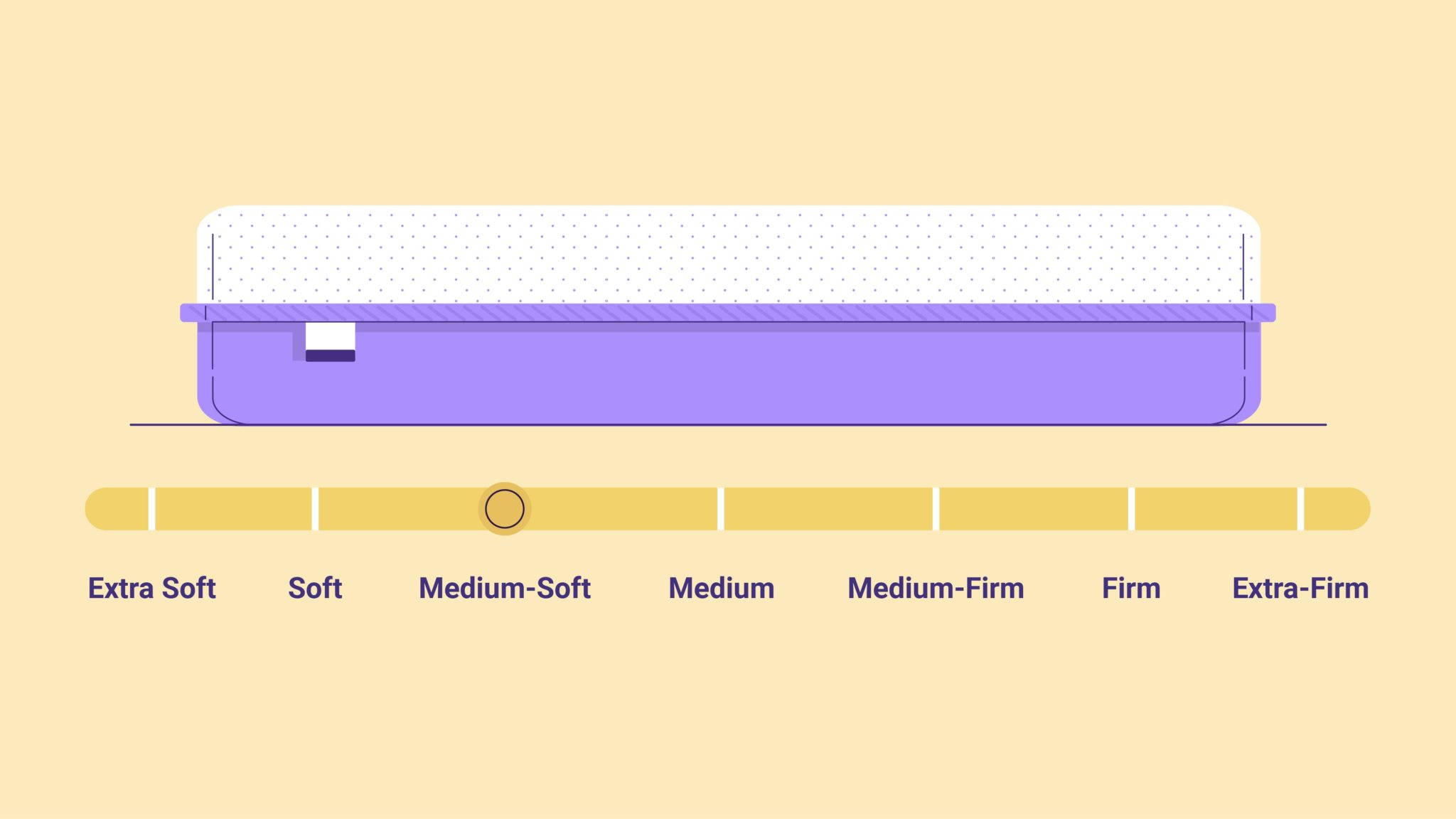 When it comes to designing the perfect bedroom, choosing the right mattress is crucial. Not only does it affect your comfort and sleep quality, but it can also have an impact on your overall health and well-being. With so many options available, it can be overwhelming to know which mattress is the right fit for you. That's where the mattress firmness scale comes in.
The mattress firmness scale is a standardized system used to measure the level of firmness in different mattresses. It ranges from 1 to 10, with 1 being the softest and 10 being the firmest. Understanding this scale can help you make an informed decision when purchasing a new mattress.
When it comes to designing the perfect bedroom, choosing the right mattress is crucial. Not only does it affect your comfort and sleep quality, but it can also have an impact on your overall health and well-being. With so many options available, it can be overwhelming to know which mattress is the right fit for you. That's where the mattress firmness scale comes in.
The mattress firmness scale is a standardized system used to measure the level of firmness in different mattresses. It ranges from 1 to 10, with 1 being the softest and 10 being the firmest. Understanding this scale can help you make an informed decision when purchasing a new mattress.
The Ideal Firmness Level
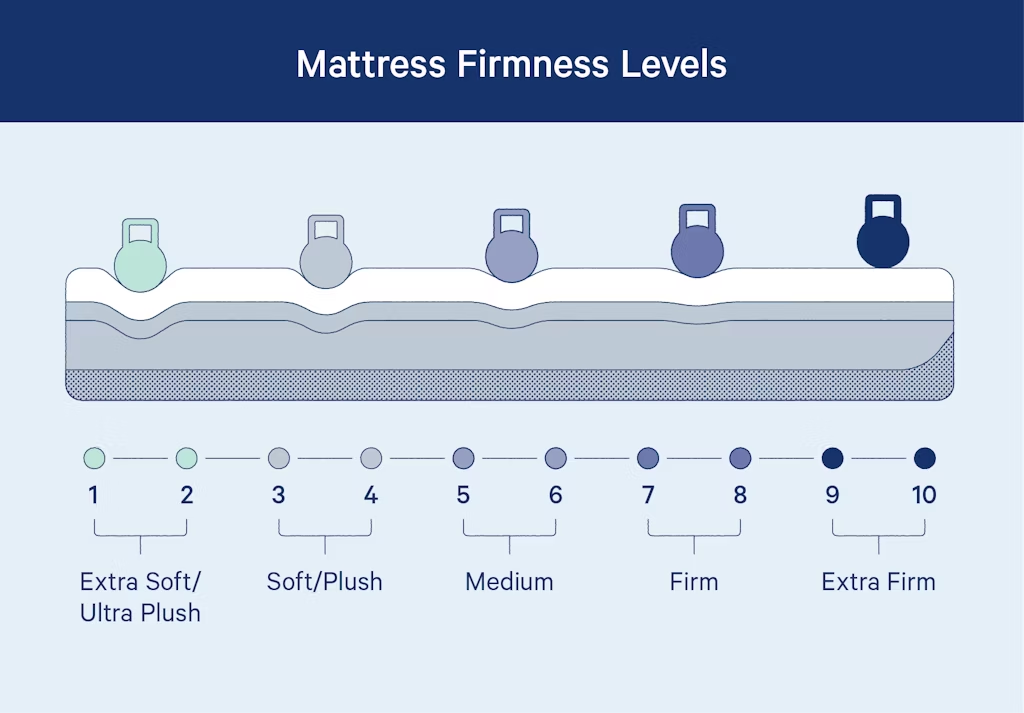 While mattress firmness is a personal preference, it is generally recommended to choose a mattress with a firmness level between 5 to 7. This range offers a balance of support and comfort for most individuals. However, factors such as body weight, sleeping position, and health conditions can also play a role in determining the ideal firmness level for you.
For those who prefer a softer feel, a mattress with a firmness level of 3 to 4 can provide the necessary cushioning for pressure relief and support.
On the other hand,
a firmer mattress with a level of 8 to 10 can provide better support for those with back pain or heavier body weight.
While mattress firmness is a personal preference, it is generally recommended to choose a mattress with a firmness level between 5 to 7. This range offers a balance of support and comfort for most individuals. However, factors such as body weight, sleeping position, and health conditions can also play a role in determining the ideal firmness level for you.
For those who prefer a softer feel, a mattress with a firmness level of 3 to 4 can provide the necessary cushioning for pressure relief and support.
On the other hand,
a firmer mattress with a level of 8 to 10 can provide better support for those with back pain or heavier body weight.
How to Choose the Right Firmness
 When shopping for a new mattress, it's important to consider your sleeping habits and preferences. Do you sleep on your side, back, or stomach? Do you prefer a plush or firm feel? These factors can help determine which mattress firmness will provide the best comfort and support for you.
Additionally,
testing out the mattress before purchasing is highly recommended
, as it allows you to feel the firmness level and make an informed decision. Many mattress companies offer a trial period for their products, so take advantage of this to ensure you are choosing the right firmness for your needs.
When shopping for a new mattress, it's important to consider your sleeping habits and preferences. Do you sleep on your side, back, or stomach? Do you prefer a plush or firm feel? These factors can help determine which mattress firmness will provide the best comfort and support for you.
Additionally,
testing out the mattress before purchasing is highly recommended
, as it allows you to feel the firmness level and make an informed decision. Many mattress companies offer a trial period for their products, so take advantage of this to ensure you are choosing the right firmness for your needs.
In Conclusion
 In conclusion, the mattress firmness scale is a valuable tool in selecting the right mattress for your needs. It's important to consider your sleeping habits and preferences, as well as test out the mattress before making a purchase. By choosing the right firmness level, you can ensure a comfortable and restful sleep every night.
In conclusion, the mattress firmness scale is a valuable tool in selecting the right mattress for your needs. It's important to consider your sleeping habits and preferences, as well as test out the mattress before making a purchase. By choosing the right firmness level, you can ensure a comfortable and restful sleep every night.


